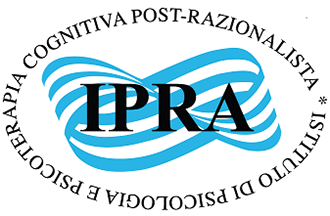Biol. Psychiatry (2005) vol.57 (12): pp. 1517-1525
Alessandro Bertolino, MD, PhD 1,3,4, Giampiero Arciero, MD 2, Valeria Rubino MD 1, Valeria Latorre MD 1, Mariapia De Candia, PhD 1, Viridiana Mazzola, PhD 2, Giuseppe Blasi, MD 1,3, Grazia Caforio, MD 1, Ahmad Hariri, PhD 5, Bhaskar Kolachana, PhD 3, Marcello Nardini, MD 1, Daniel R Weinberger, MD 3, Tommaso Scarabino, MD 4
1Psychiatric Neuroscience Group, Section on Mental Disorders,Department of Psychiatric and Neurological Sciences, University of Bari, Bari, Italy;
2 Istituto di Psicoterapia Postrazionalista, Rome, Italy;
3 Clinical Brain Disorders Branch, National Institute of Mental Health, National Institutes of Health, Bethesda (MD), USA;
4 Department of Neuroradiology, IRCCSS Casa Sollievo della Sofferenza,San Giovanni Rotondo (FG), Italy;
5 Developmental Imaging Genomics Program, Department of Psychiatry, University of Pittsburgh School of Medicine, Pittsburgh, (USA)
Background
In the brain, processing of fearful stimuli engages the amygdala, and the variability of its activity is associated with genetic factors as well as with emotional salience. The objective of this study was to explore the relevance of personality style for variability of amygdala response.
Methods
We studied two groups (n = 14 in each group) of healthy subjects categorized by contrasting cognitive styles with which they attribute salience to fearful stimuli: so-called phobic prone subjects who exaggerate potential environmental threat versus so-called eating disorders prone subjects who tend to be much less centered around fear. The two groups underwent functional magnetic resonance imaging (fMRI) at 3T during performance of a perceptual task of threatening stimuli and they were also matched for the genotype of the 5′ variable number tandem repeat (VNTR) polymorphism in the serotonin transporter.
Results
The fMRI results indicated that phobic prone subjects selectively recruit the amygdala to a larger extent than eating disorders prone subjects. Activity in the amygdala was also independently predicted by personality style and genotype of the serotonin transporter. Moreover, brain activity during a working memory task did not differentiate the two groups.
Conclusions
The results of the present study suggest that aspects of personality style are rooted in biological responses of the fear circuitry associated with processing of environmental information.
